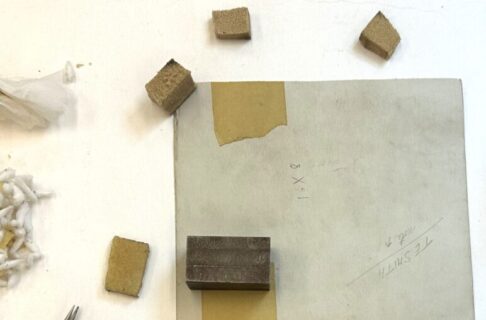Posted on: Wednesday January 2, 2013
By Kathy Nanowin, past Manager of Conservation
Recently, Collections and Conservation staff spent some time in two of our more unusual storage locations, in order to improve the conditions of artifacts there.
Due to overcrowding in TMM’s climate-controlled collection storage areas, there are artifacts located in less than ideal conditions. Staff worked on several artifacts in these areas, cataloguing, condition reporting, photographing, and finally covering them up with polyethylene after a good vacuuming.
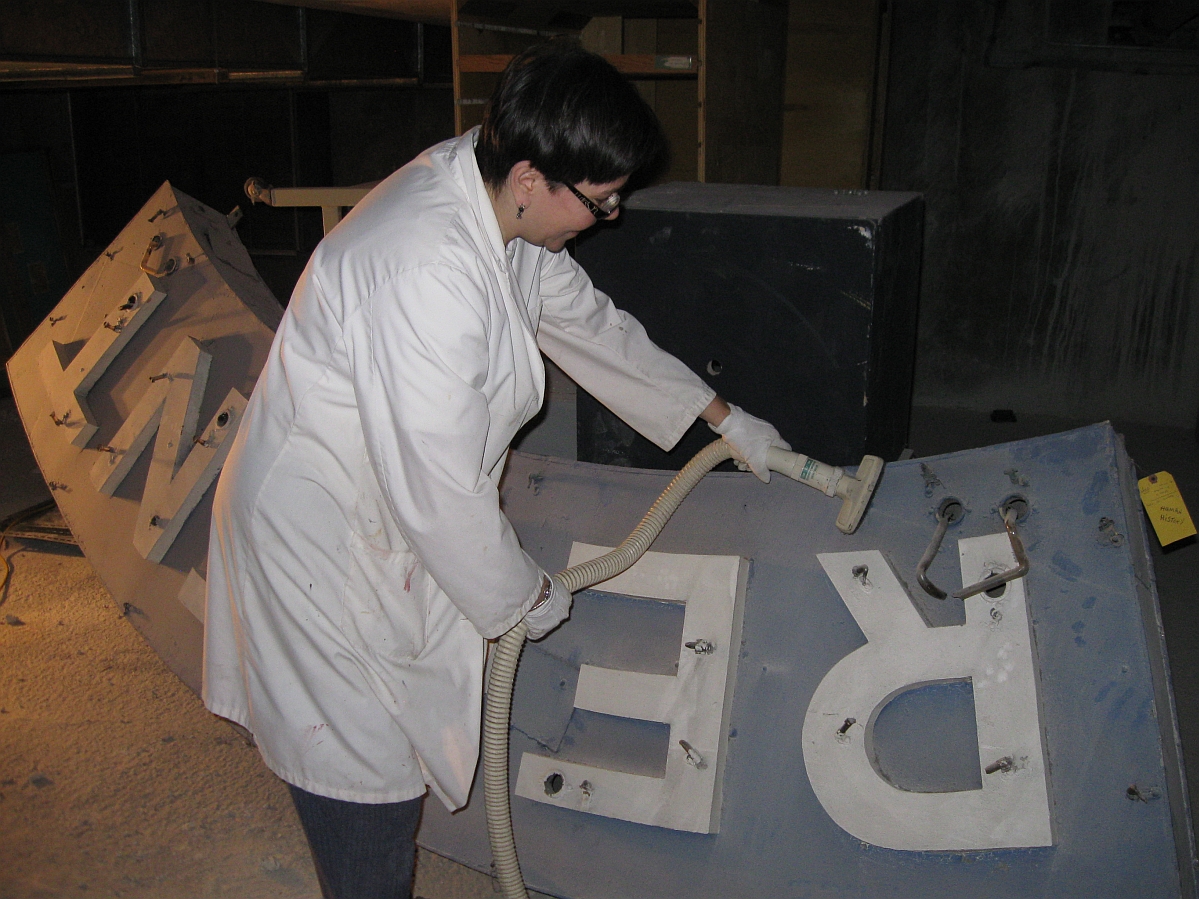
This large neon sign was vacuumed before being covered with polyethylene.
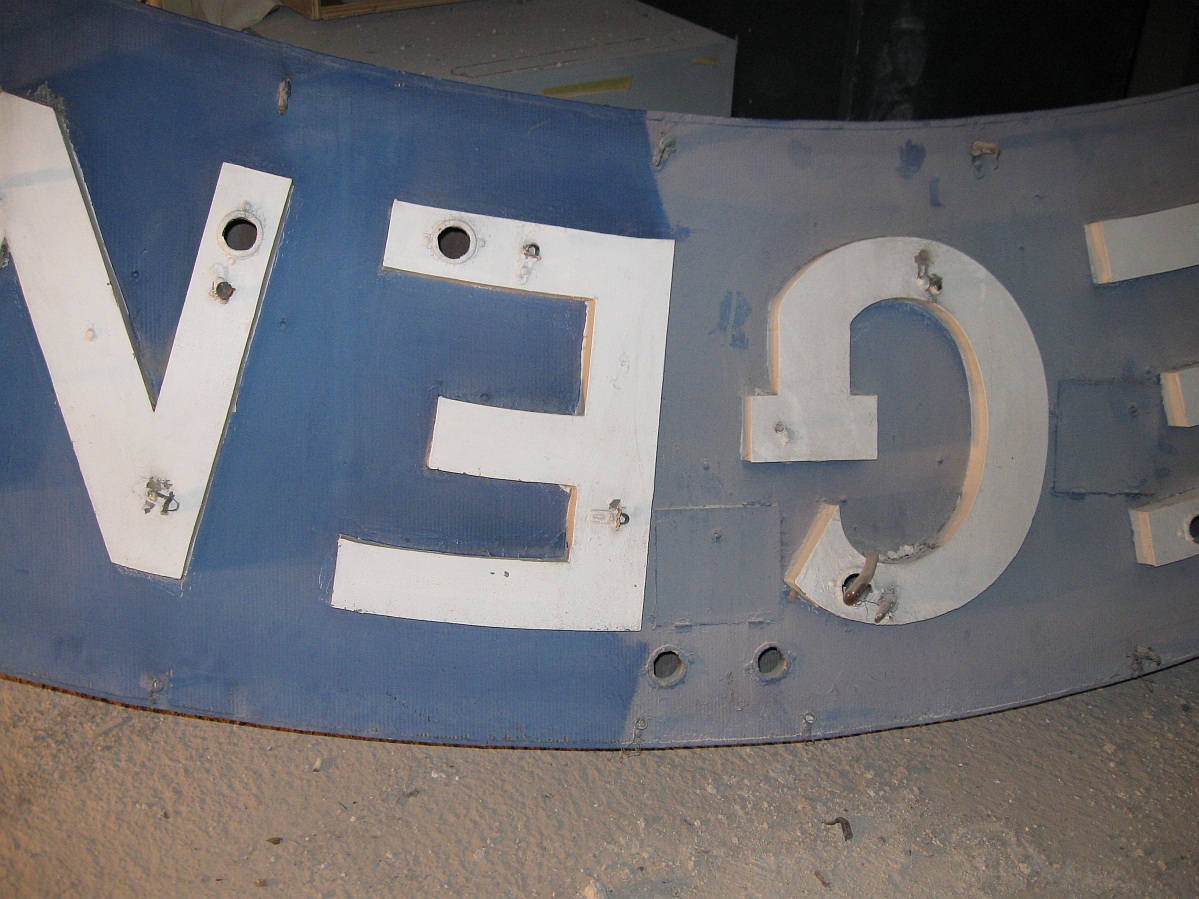
There was a lot of dust to be removed.
The most important factors in deciding to place these objects here are the materials of which they are made (least sensitive to environmental changes or extremes), robustness of the artifacts, and their size – sometimes there just isn’t room in the other storage areas.
The Manitoba Museum is not unique in having to store collection objects in areas where there is little climate control. It is, of course, incumbent upon us to do the best we can in these kinds of spaces. Although covering the objects with plastic does reduce visibility, and hence the ability to spot detrimental changes in condition such as corrosion, that is offset by the protection against dust, which can be damaging in some cases, as well as disfiguring. Having observed the conditions in these spaces, we know the risk of dust falling on the objects is certain, whereas we’ve not encountered the high humidity that would initiate rust.
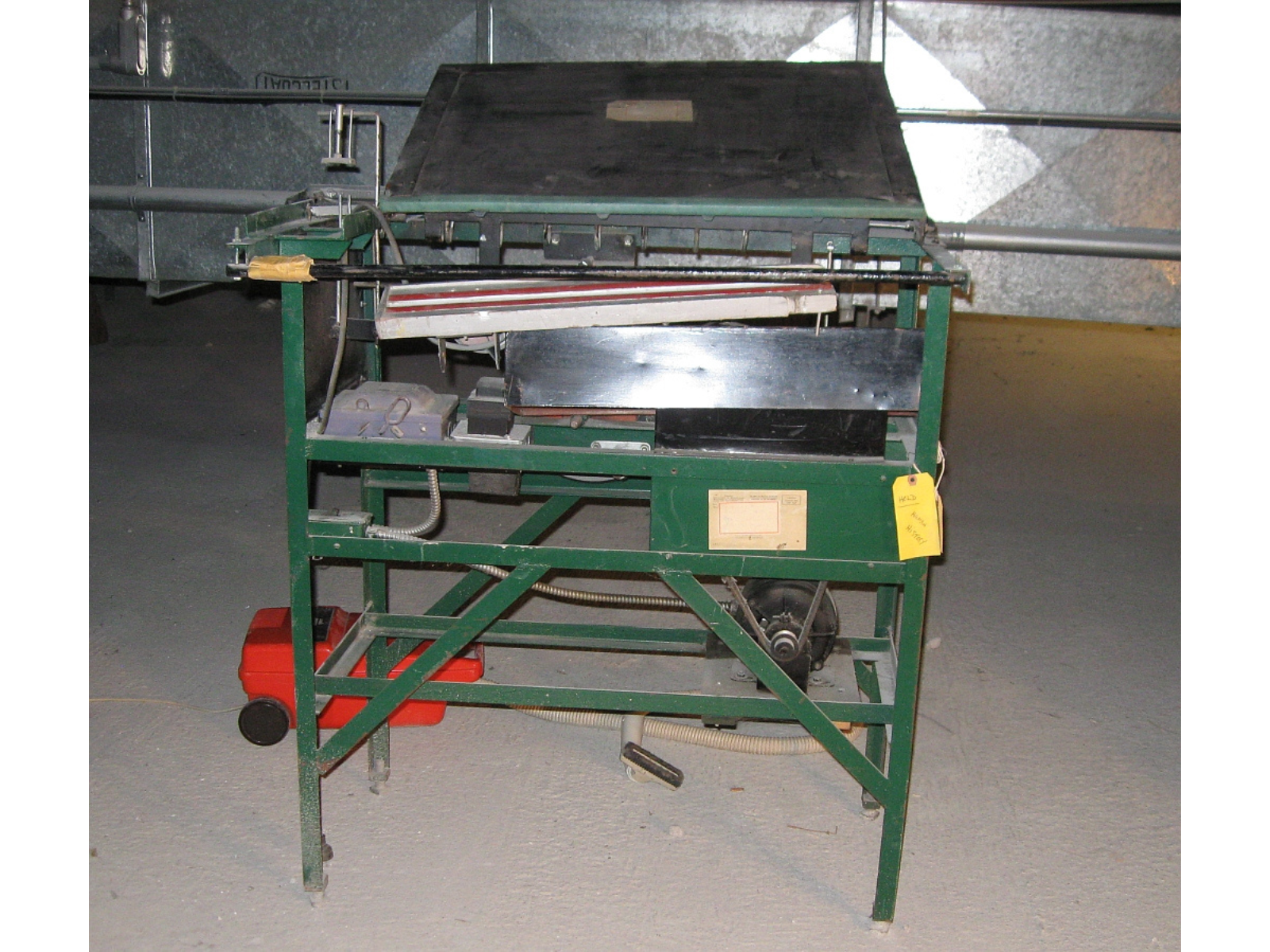
This egg grader is large and robust, suitable for storage in less stringent conditions.
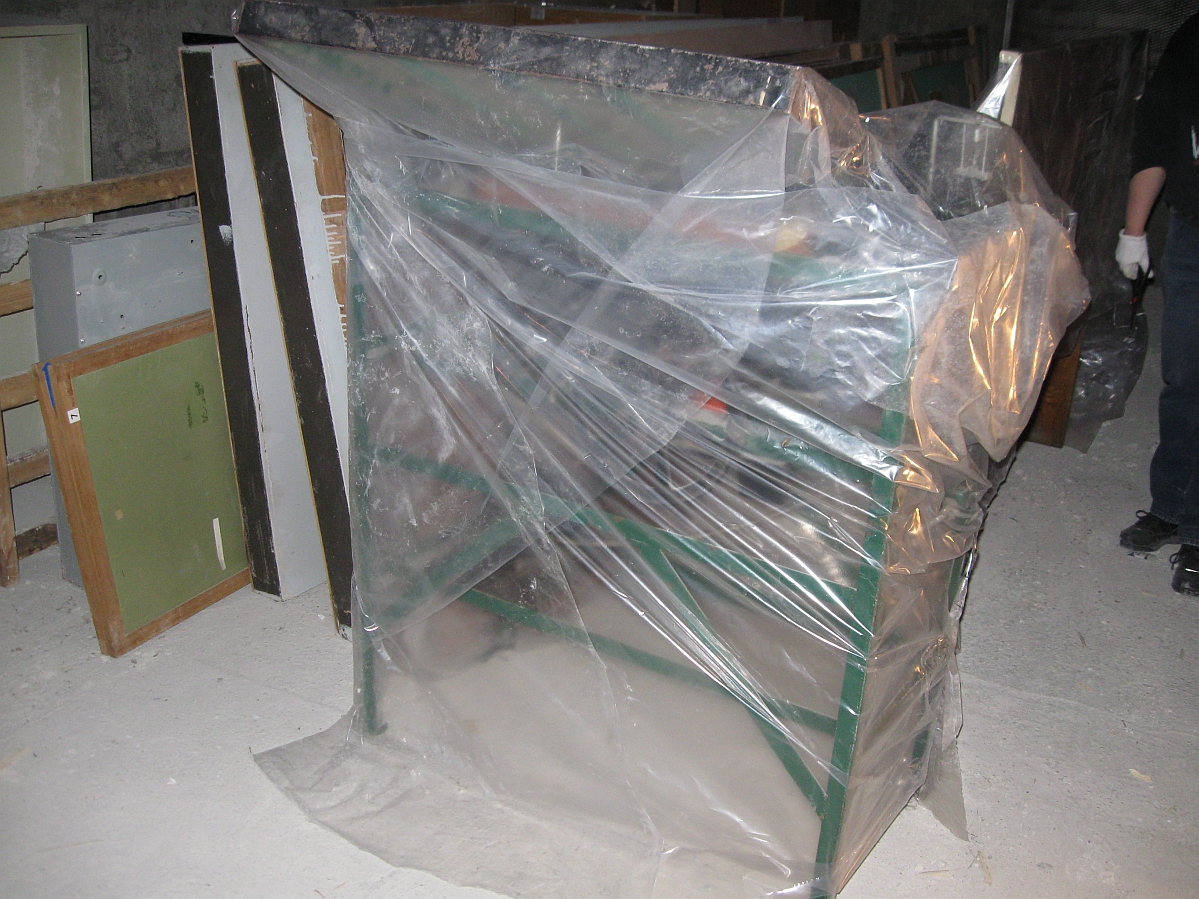
The egg grader was vacuumed then wrapped in polyethylene.
We always strive to improve the care of our collections wherever we can. All in all, although these storage spaces are not great, the artifacts are now better protected, as well as better documented.





